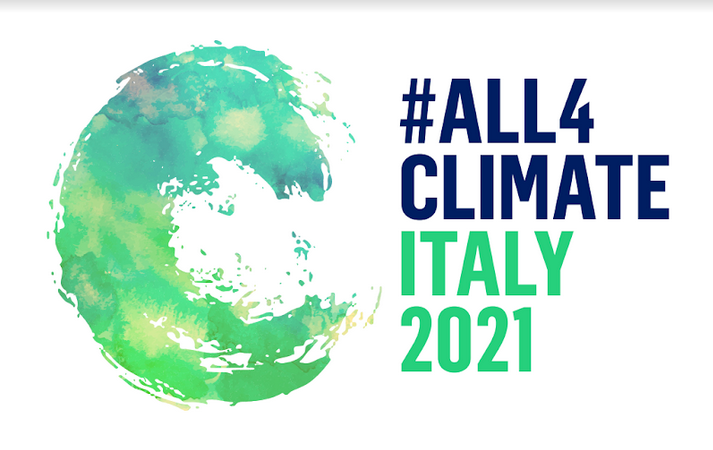- applied sciences | management of resources | economic analysis | sustainable development | degradation of the environment | environmental research | climate change | migratory movement | social analysis | integration of migrants
- Wednesday 29 September 2021, 11:00 (CEST)
Practical information
- When
- Wednesday 29 September 2021, 11:00 (CEST)
- Languages
- English
Description

09:00-10:30 CET
Through this ‘Ask a Scientist’ side event of the pre-COP26 All4Climate - Italy 2021 initiative, JRC scientists from the EU Soil Observatory will highlight the critical relationships between soil and climate - showing how the science behind soil can affect climate change - and describe the EU’s efforts to raise awareness of the value of soil and reduce the pressures on life within it, which threaten their capacity to regulate climate.
Registration
Register here.
Participants
We invite representatives of civil society, youth movements, young activists, and citizens who are interested in understanding the interactions between soil and global greenhouse gas fluxes to join us.
Programme
A Webex session will be made available to registered participants to support an interactive virtual Q&A session, taking place from 09:00 to 10:30 CET on 29 September.
Participants will have the opportunity to exchange with the scientists from the JRC and other parts of the European Commission who are working on these aspects: Arwyn Jones, Calogero Schillaci, Alberto Orgiazzi, Diana Simoes Vieira, Arianna Pasa.
Contact
For queries, please write to arwyn.jones(at)ec.europa.eu, inserting in the subject 'Soil Youth Climate event'
Background
Climate is a key soil-forming process, and soils are among the largest stores and emitters of greenhouse gases on the planet.
Soils contain more carbon than is found in the atmosphere and all plant life combined - there are 2,500 billion tonnes of carbon in soil, compared with 800 billion tonnes in the atmosphere and 560 billion tonnes in plants and animal life.
How we use land affects the fluxes of different greenhouse gases. This means that we can actively use soils to take carbon dioxide (CO2) out of the atmosphere and store it in soils, thereby mitigating climate change. However, if we are not careful, CO2 and other gases can be released from soil as a result of climate warming, deforestation and intensive agriculture.
The processes that control the fluxes of greenhouse gases depend on the interaction between soil-dwelling flora and fauna. While soil organisms breakdown organic matter, they are also responsible for the nitrogen cycle and the release of methane.
However, soils, and the life within them, are at risk from a range of degradation processes, including urbanisation and pollution, which threaten the capacity of soils to regulate climate.
In this context, the session will explain how the EU’s Soil Health and Food Mission aims to radically raise society’s understanding of the value of soil to their lives and what people need to do to protect soil.
Related Content
Venue
Online, EU
